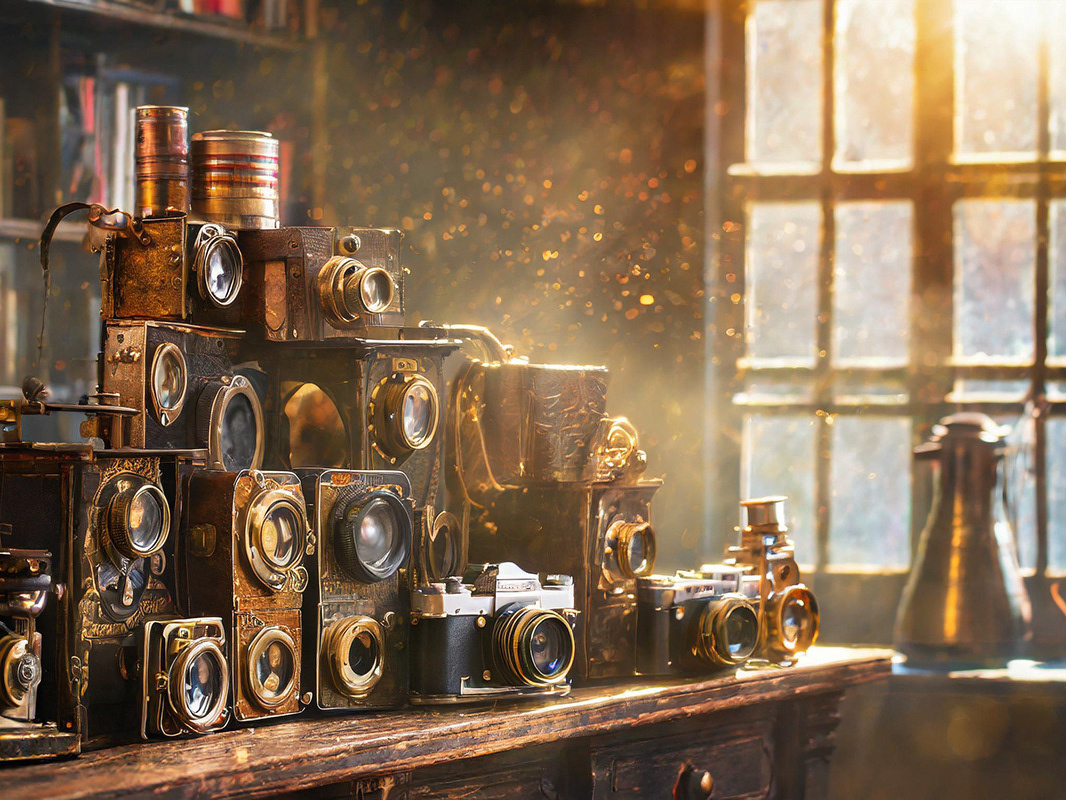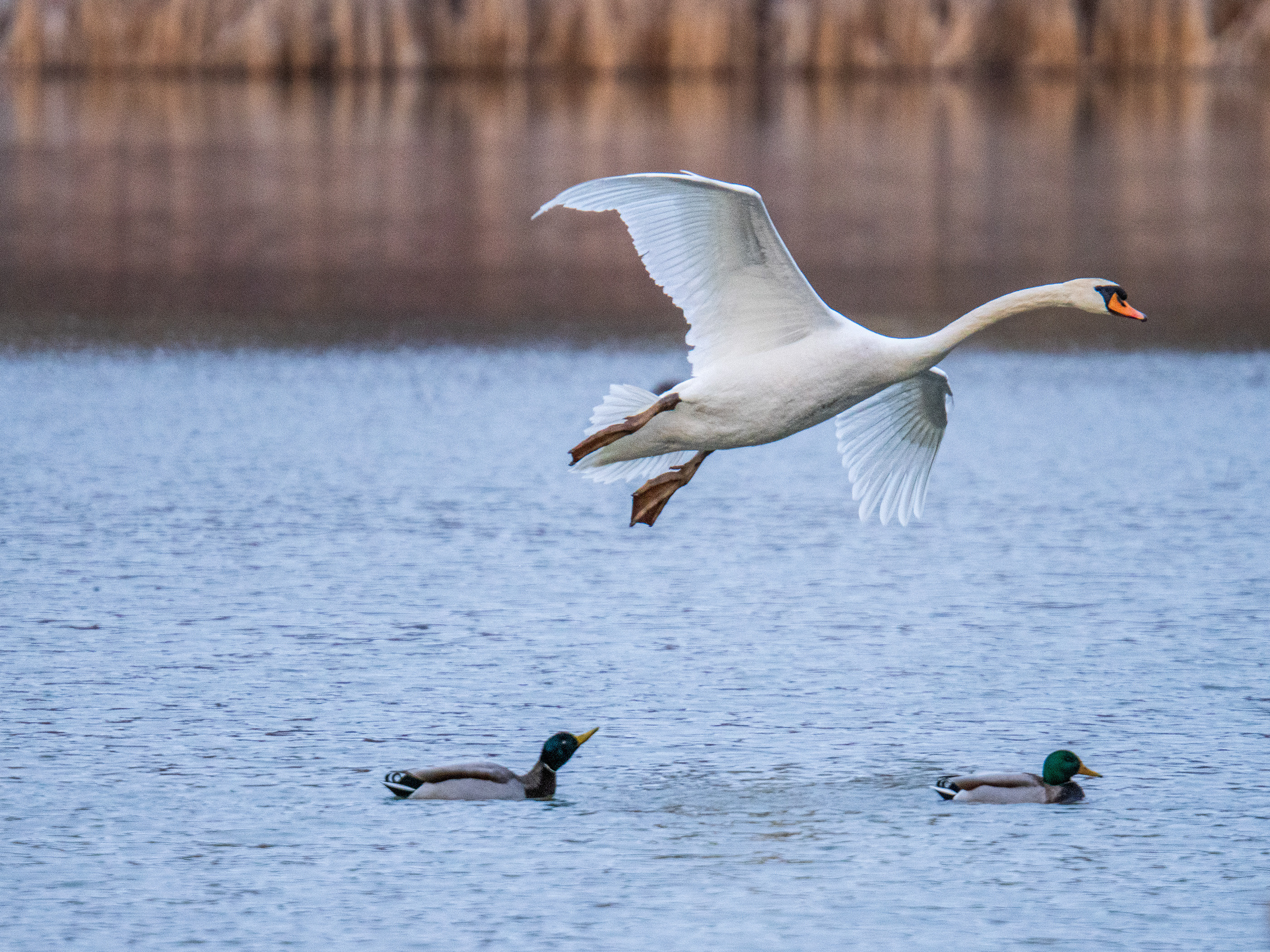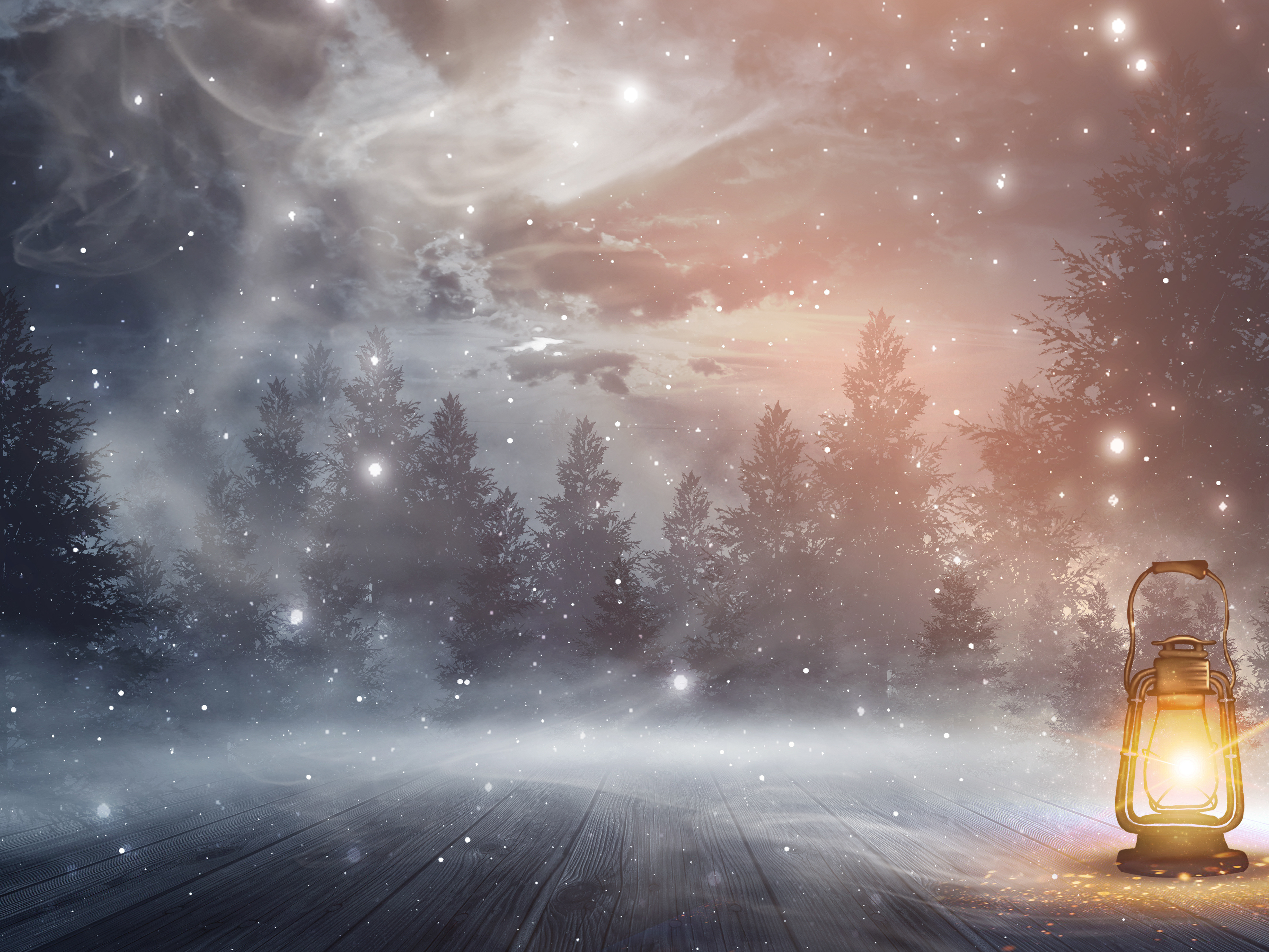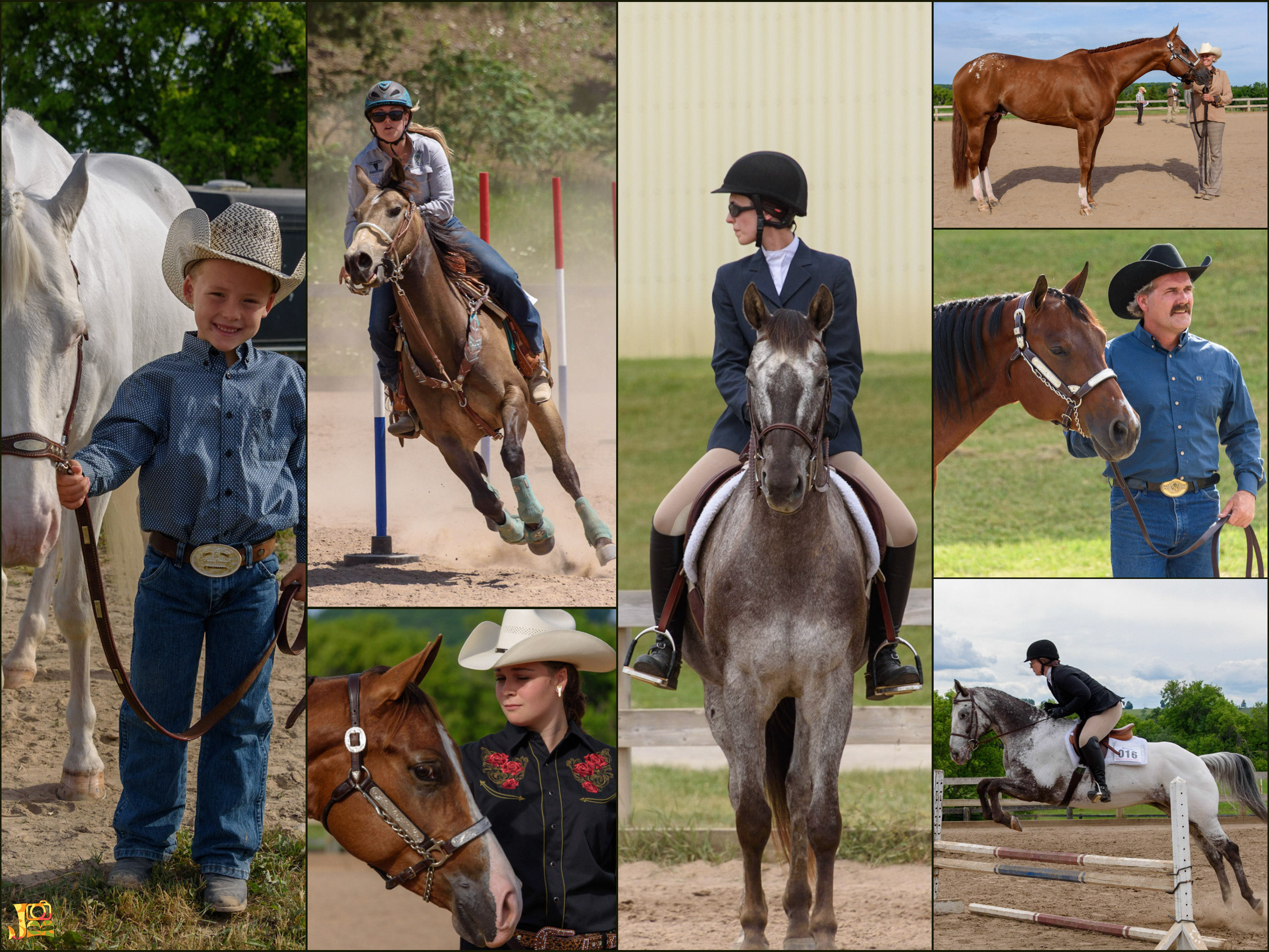Life in Blurred Motion
Using long exposures in landscape photography
For nearly as long as I've held a camera, I've been fascinated with how a still image can represent motion. In the early days, shooting film, I had to trust my knowledge of the exposure triangle (ISO, aperture and shutter speed) to capture the image and then wait days or longer to see the physical results in film and prints.
While I no longer have to wait to see my captures, that awareness of the exposure triangle - especially that of shutter speed - still pays off when it comes to capturing motion.
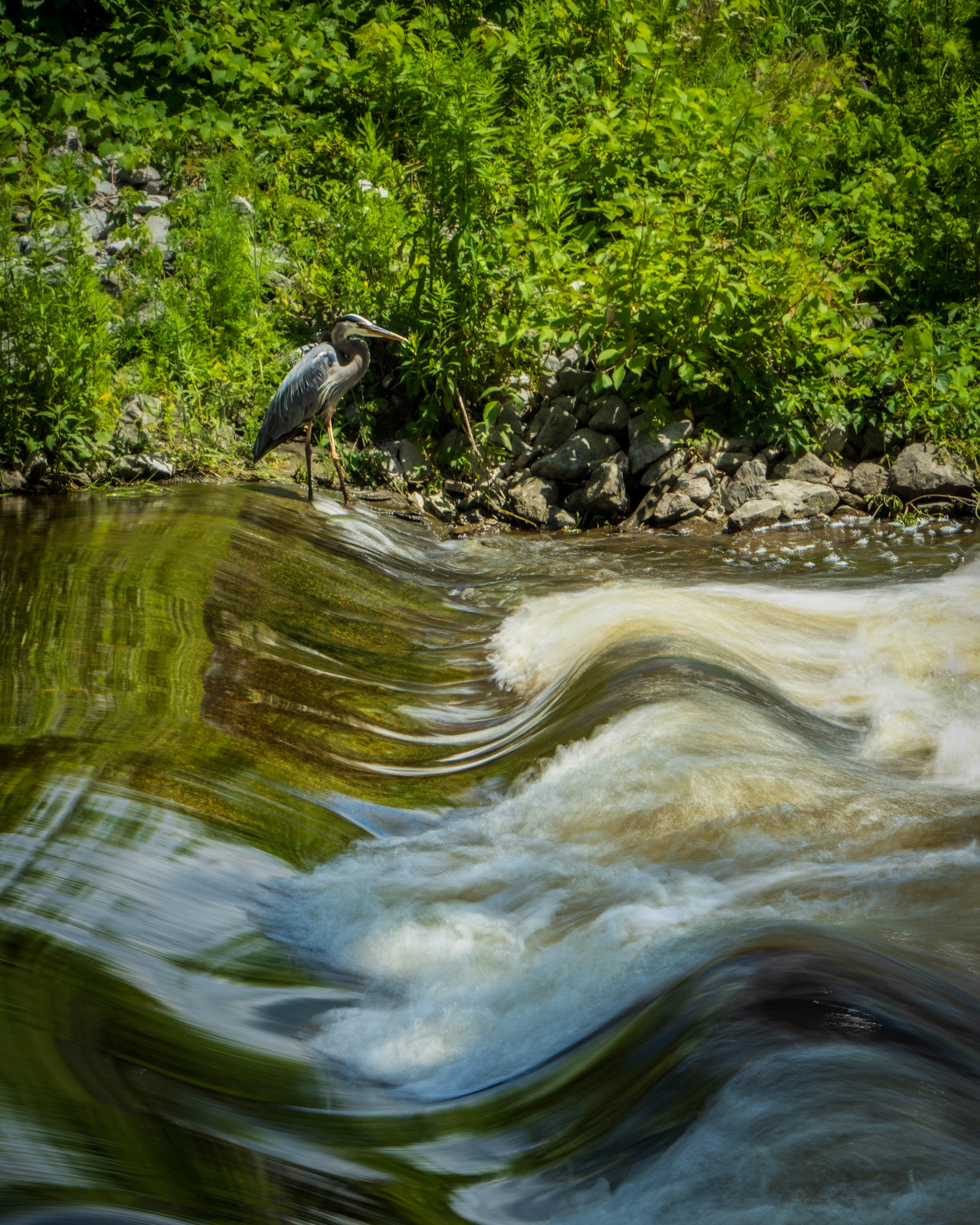

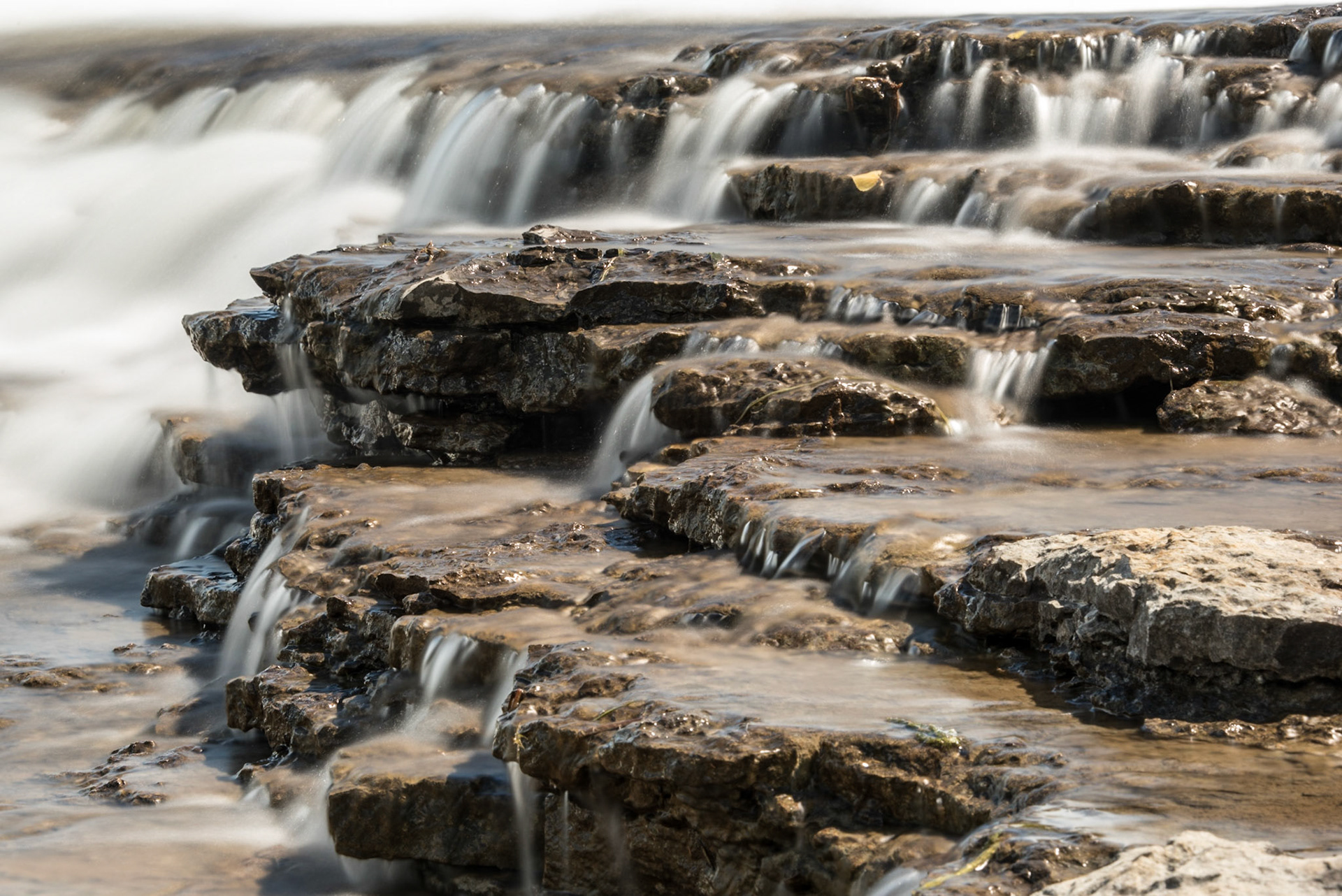


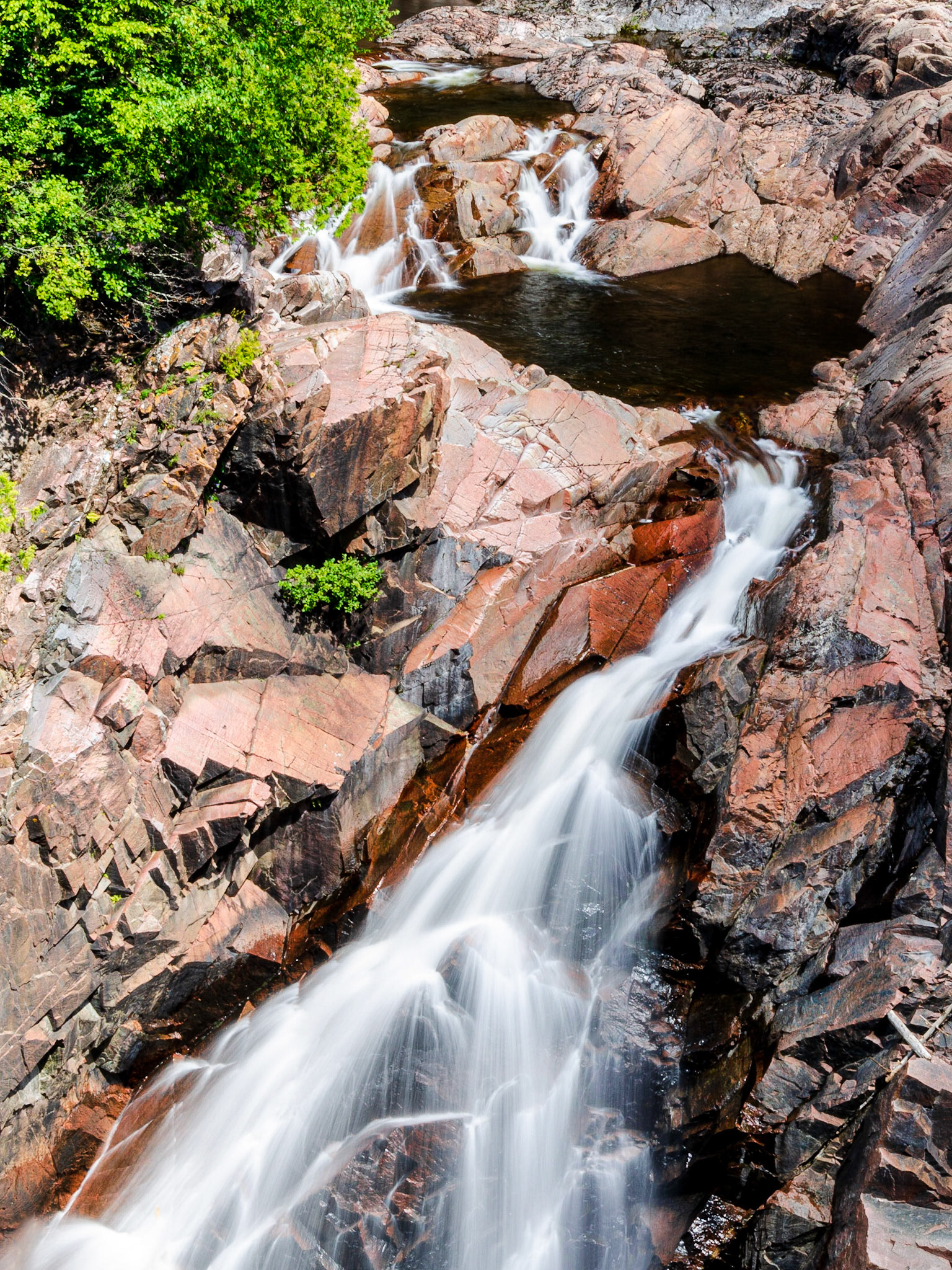
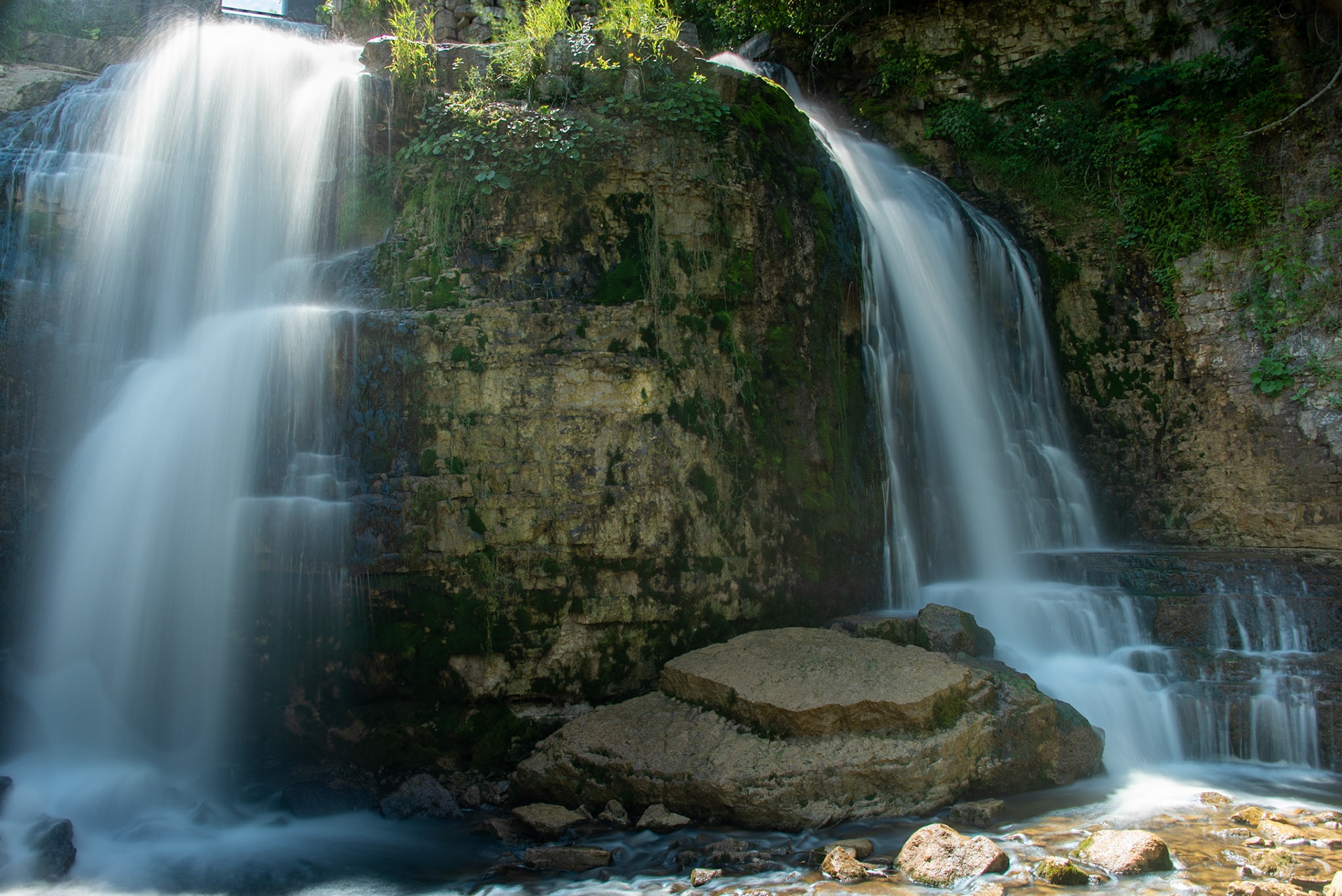
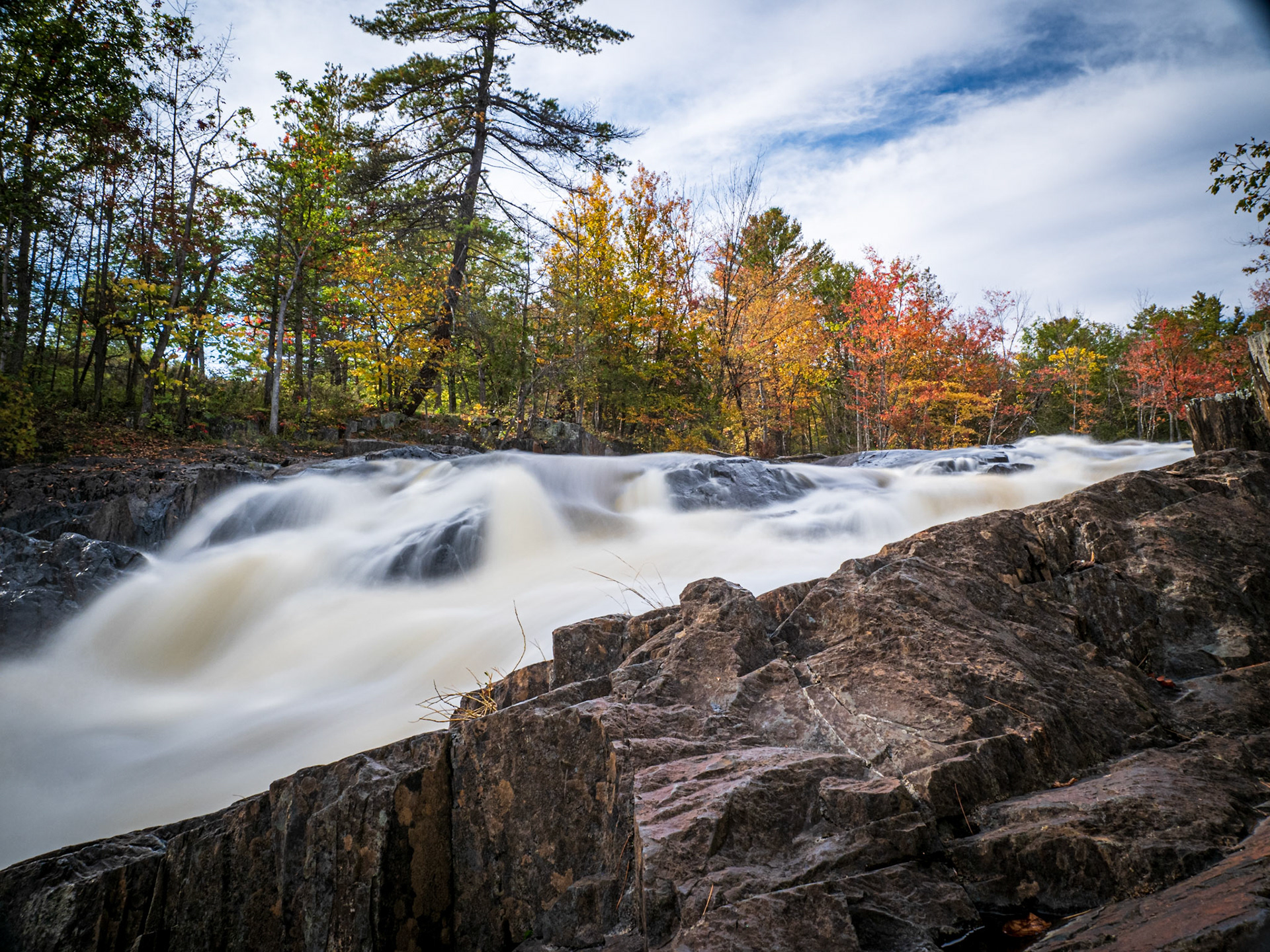
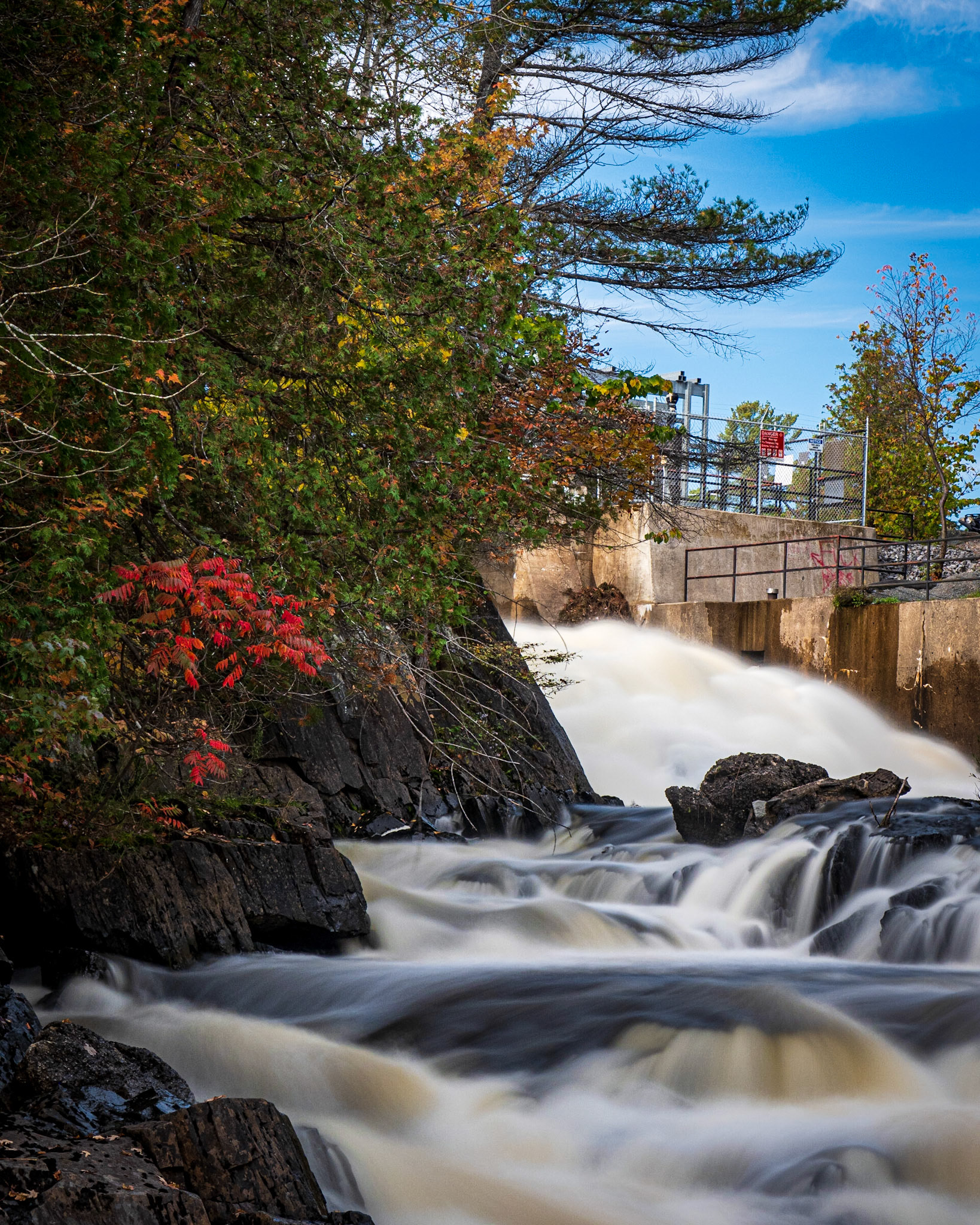


I tend to use this technique on moving water, either to smooth out a wind-blown lake surface or to create a silky flow of white in a waterfall or cascade.


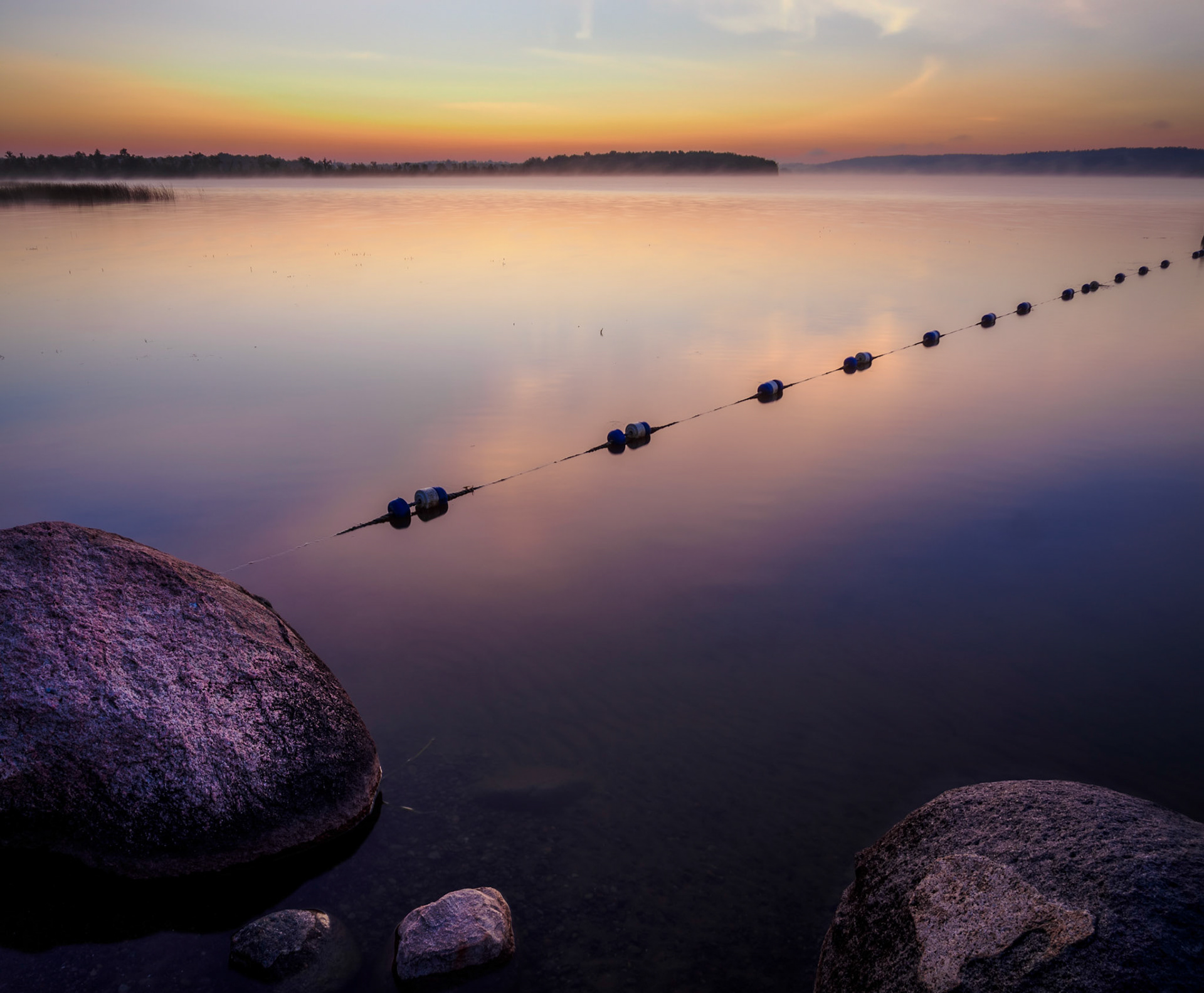
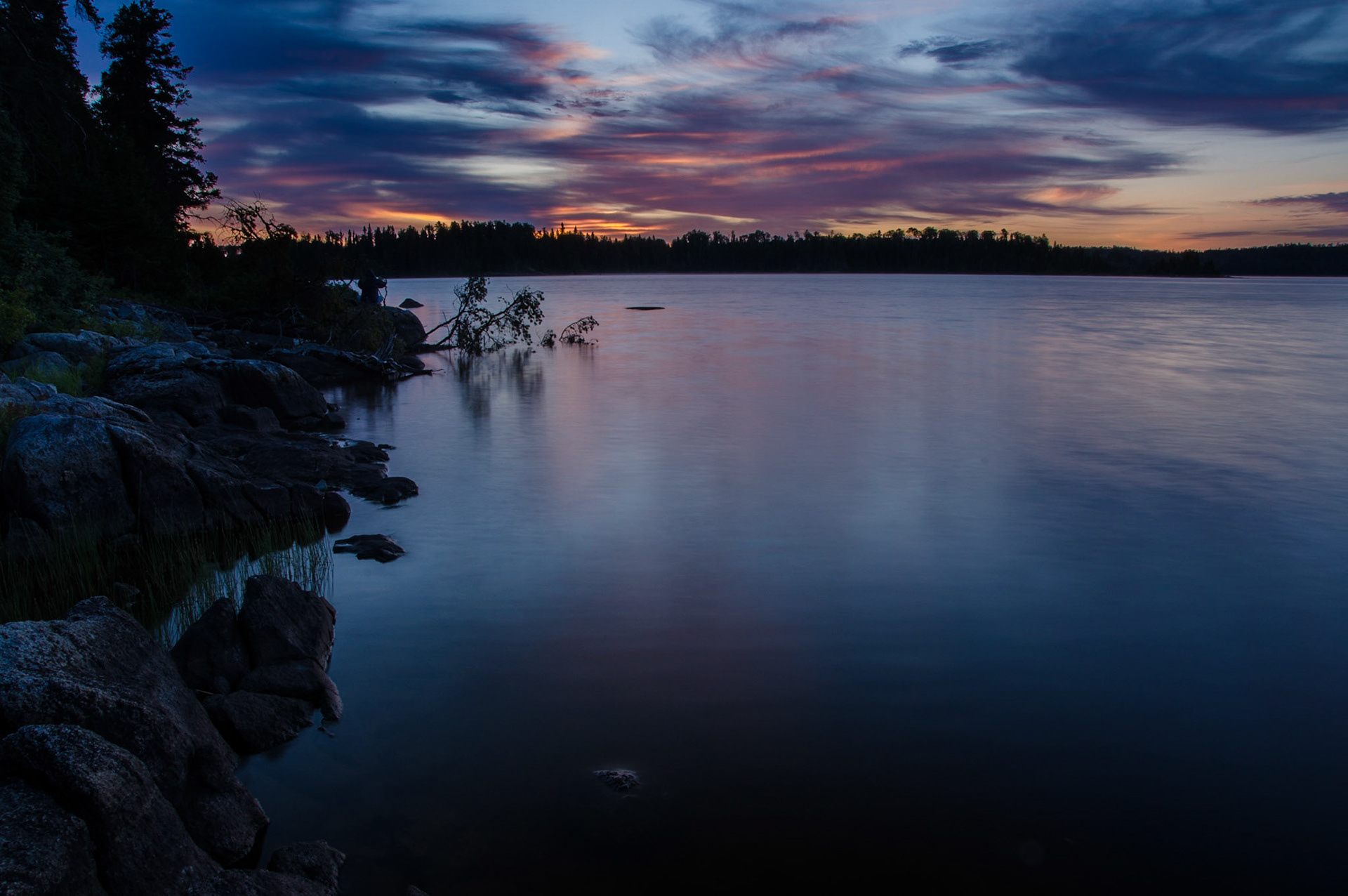

Creating this sense of motion typically requires a slow shutter speed, so that objects moving in real life have a chance to “move” from one point on the sensor to another. Because the shutter is open longer, the subject will blur as it moves across the scene, or - in the the case of ripples in a lake - move back and forth across each other, blending together during the exposure.

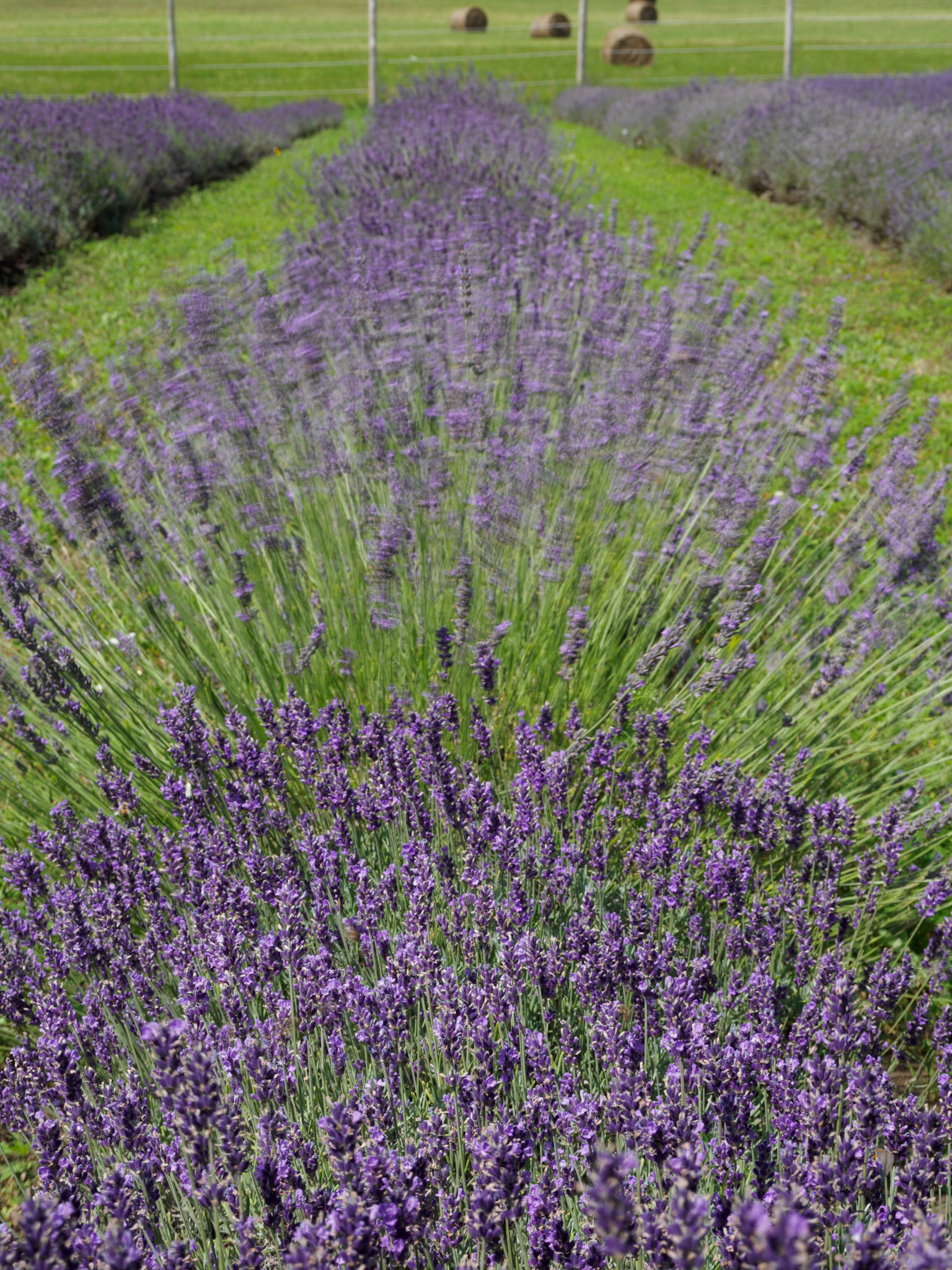
Long exposures can create interesting effects, especially when a subject is not present in the same spot throughout the exposure.

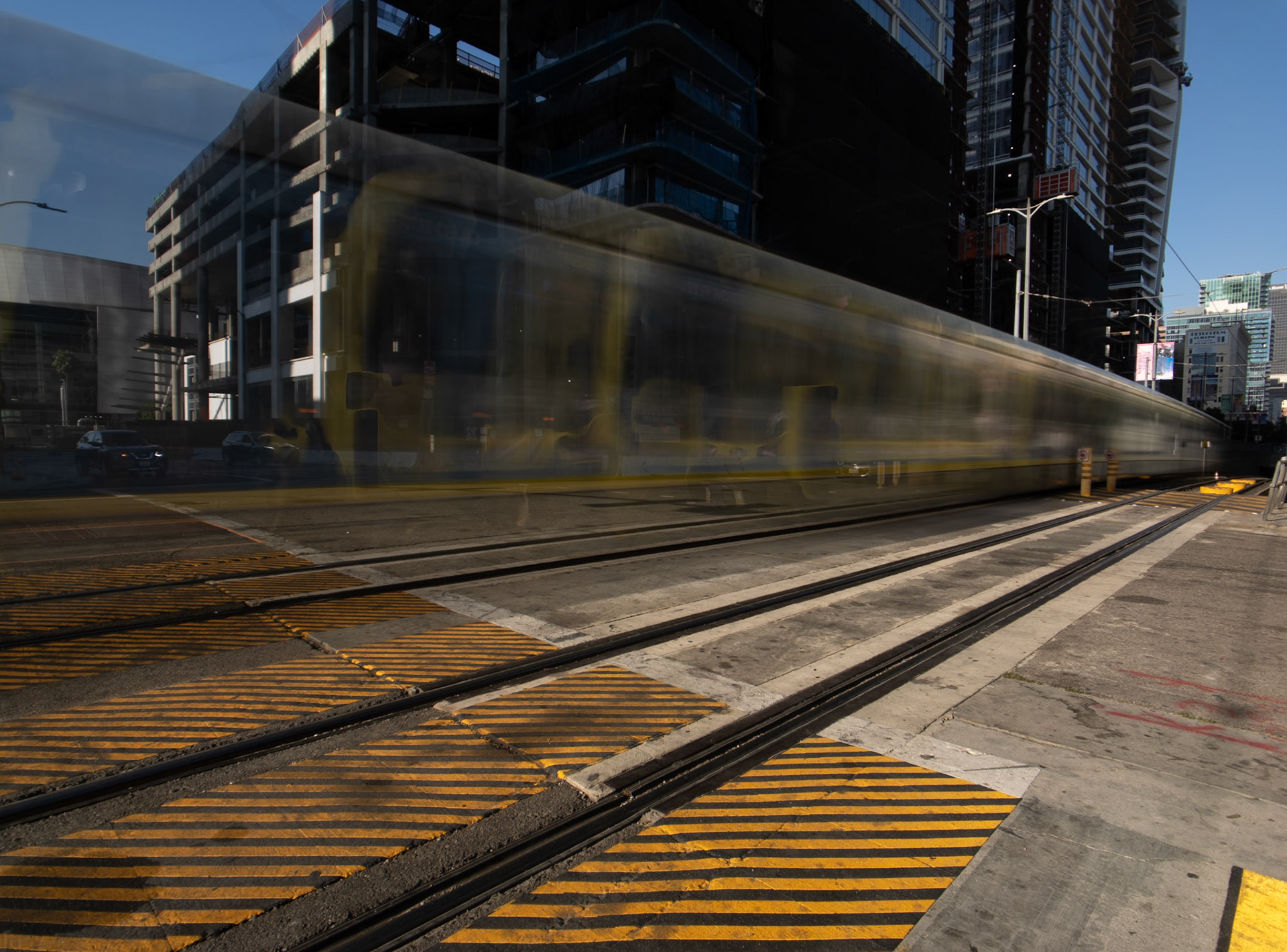


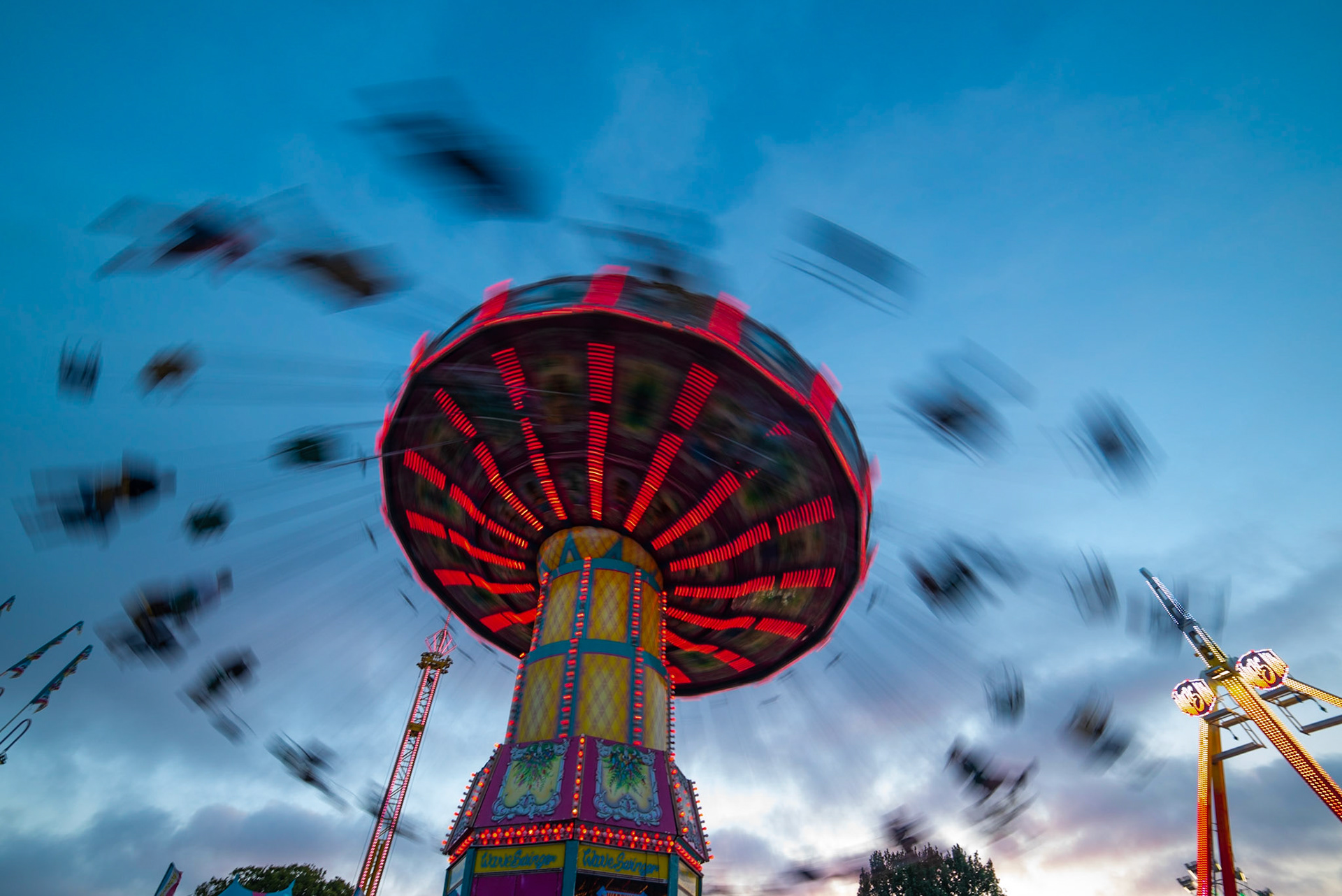
Sometimes but not as often, I’ll use slow shutter speeds combined with Intentional Camera Movement (ICM) to create abstract visuals that are all about color, or pattern.
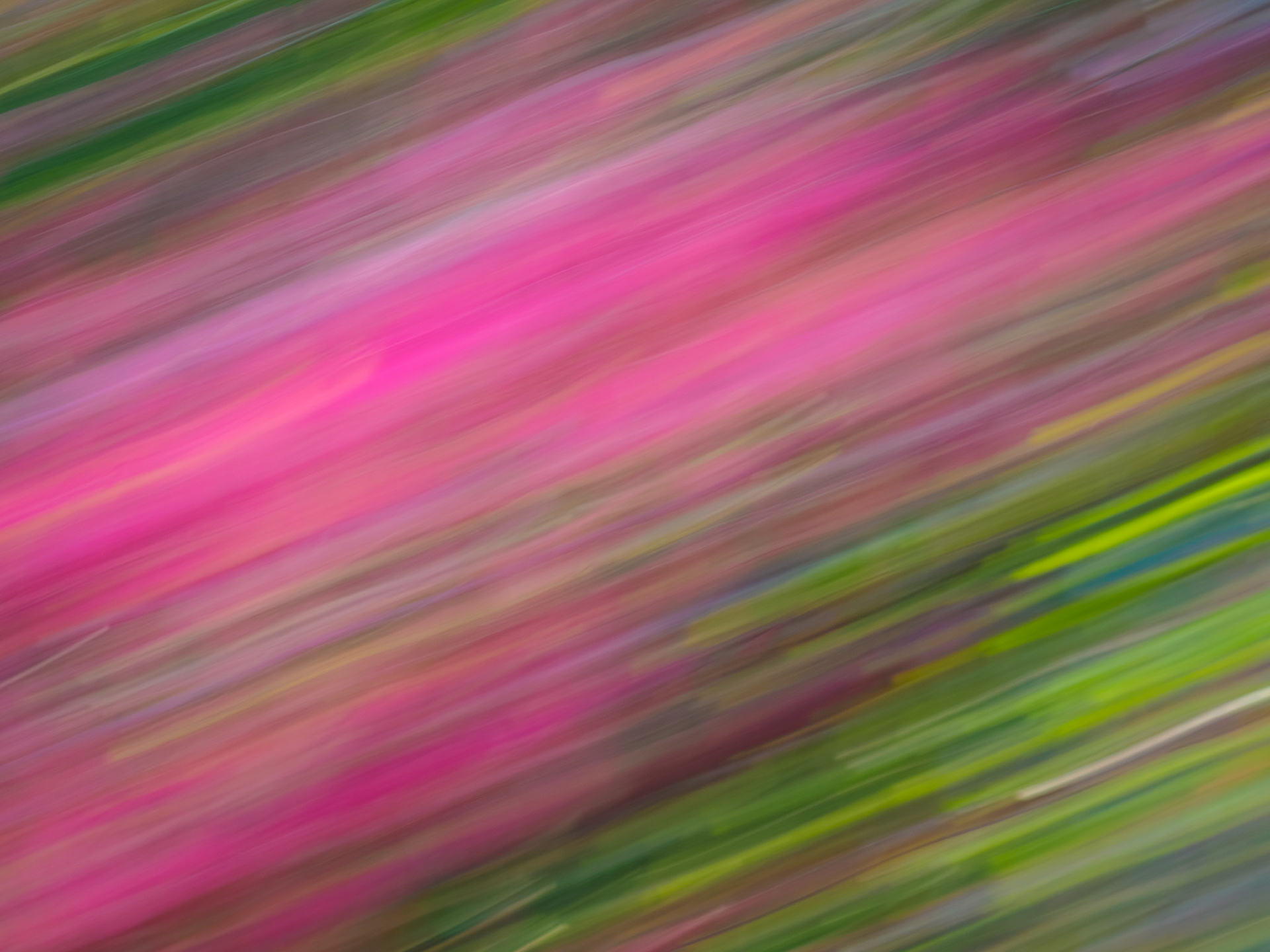

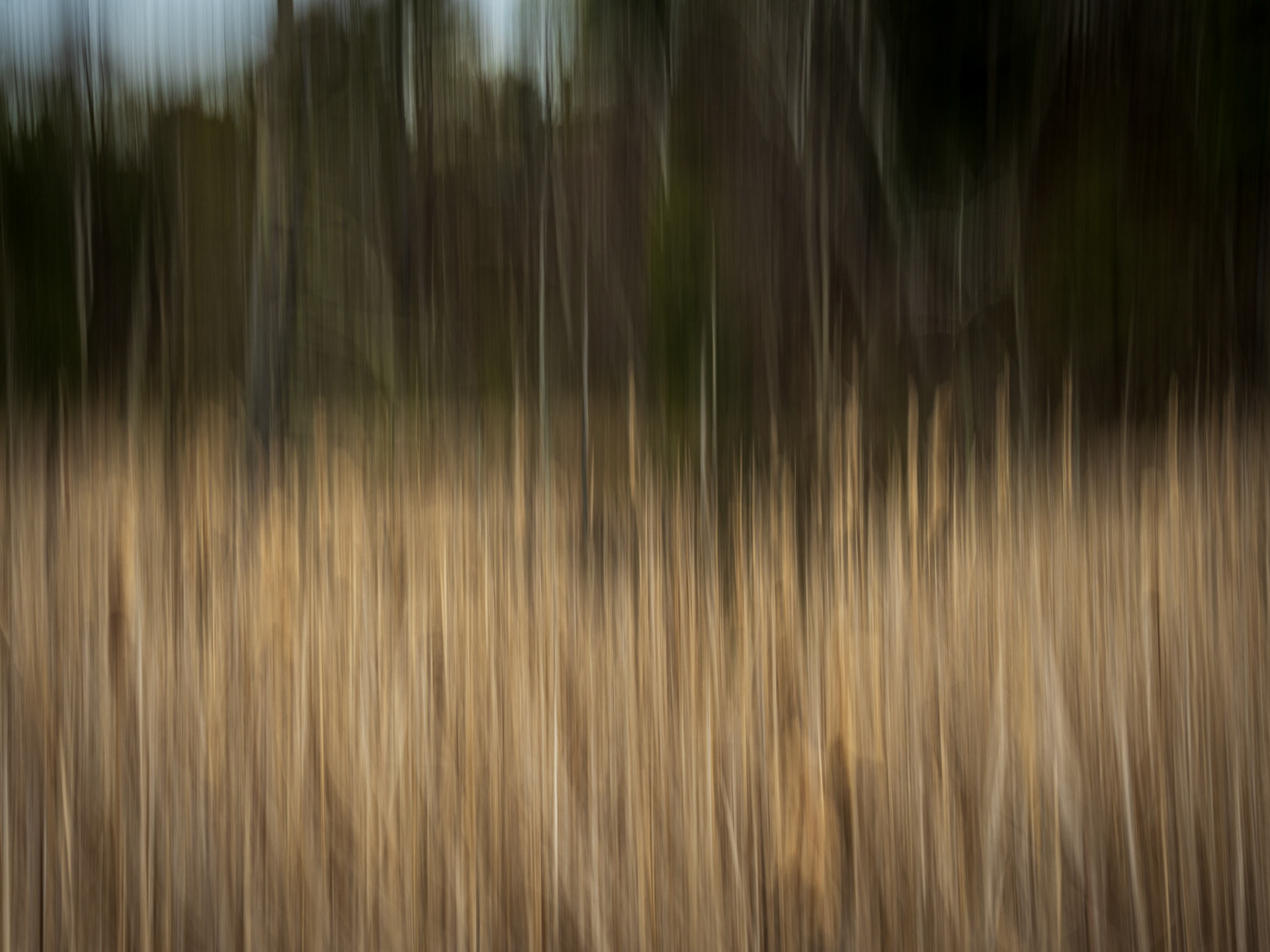
Thanks to computational photography built into my latest camera (OM-5), and with some apps on my smartphone, I can also create this sense of motion without even using a tripod, handholding the device. Called Live ND, this feature captures several images in sequence and blends them together for one final image showing motion or blur.
I can achieve the same (some would argue, better,) result using traditional Neutral Density filters that reduce the amount of light hitting the sensor during exposure. Indeed, until acquiring the OM-5, that is EXACTLY how I created these long exposures. Live ND simply gives me an opportunity to react faster and not have to first find then fumble with threading glass filters and possibly missing the shot (sunrise and sunset "sweet spots" don't last long). And I would very likely need a tripod as well.
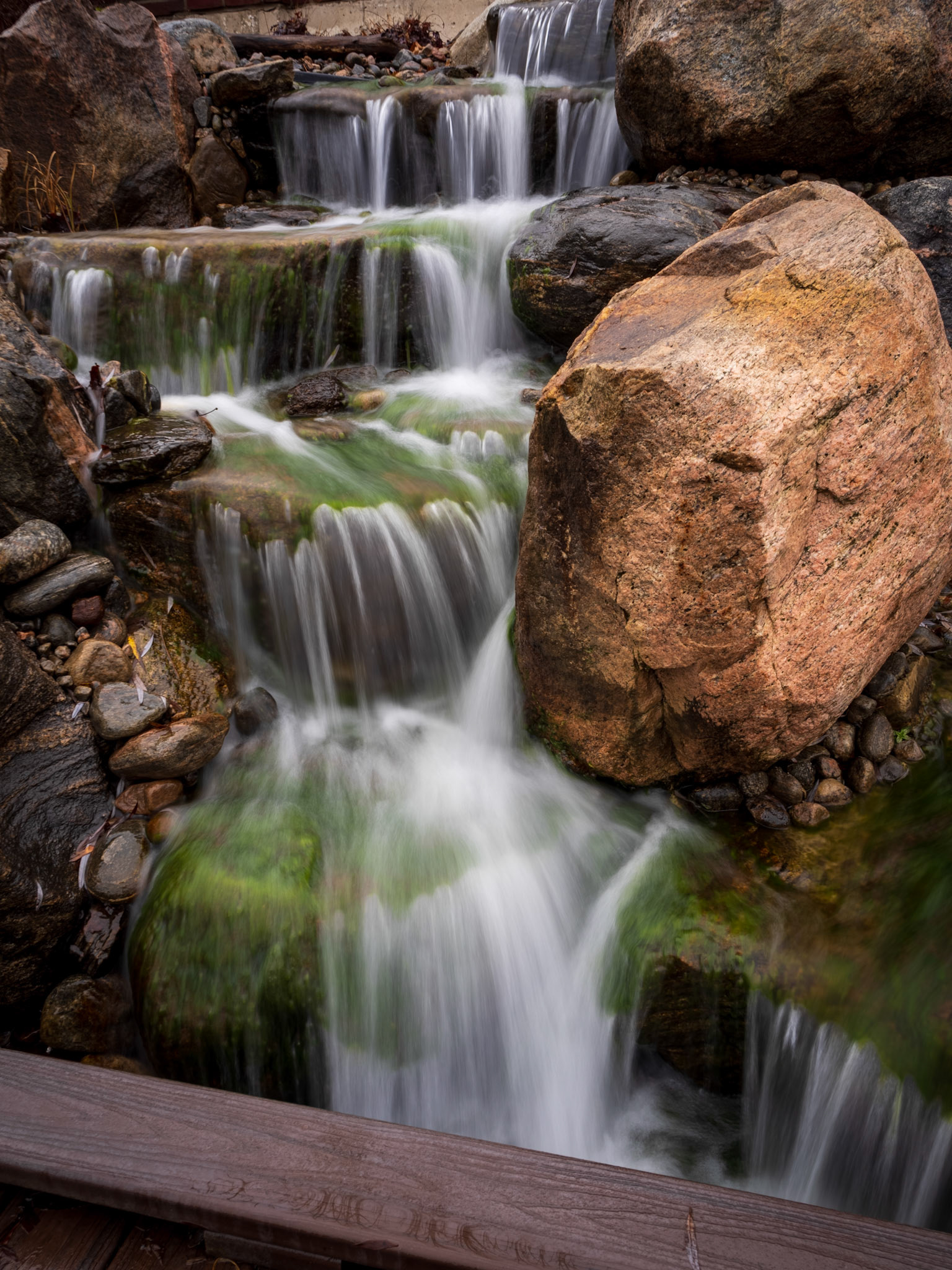
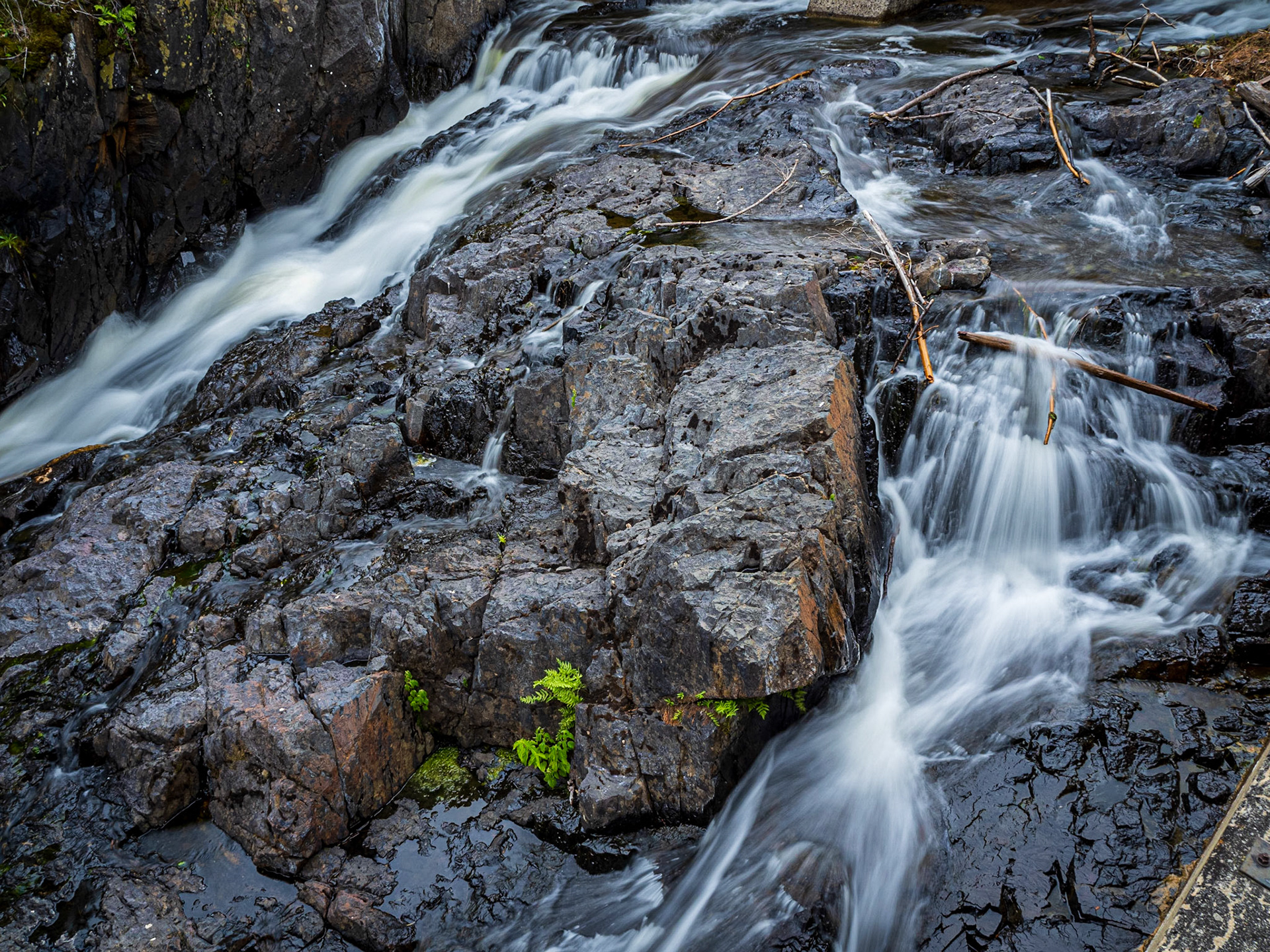

Wrap Up
Using computational photography or slowing down your shutter can produce some dynamic, magical results, whether you choose to secure your camera/smartphone to a tripod, or experiment with intentionally moving the device during the exposure. One of the many benefits to digital photography is that you can see your efforts right away, and iterate on what you've done.


